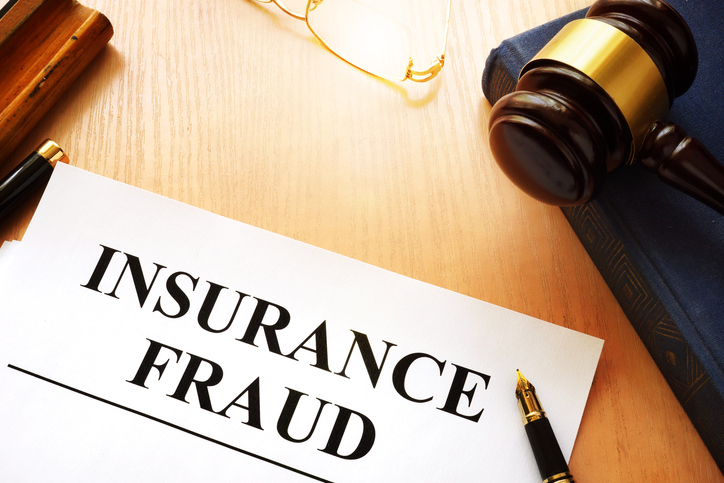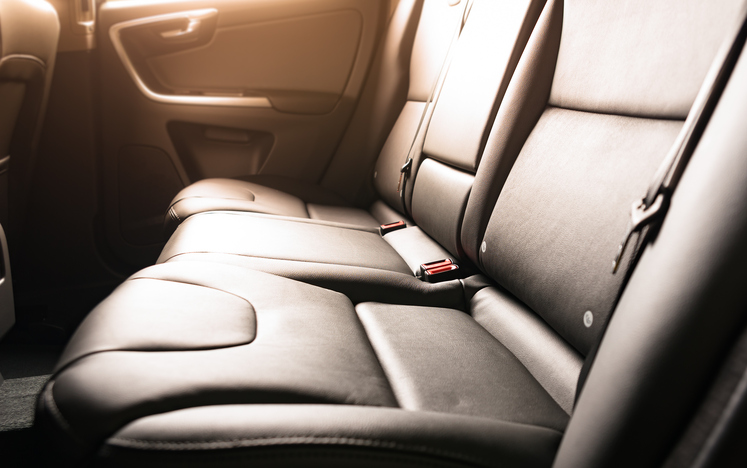SGI: Speeding and work zones – Here’s what you need to know
Speeding… Did you know that driving 100km/h past an emergency vehicle with lights flashing results in a $570 ticket and 3 demerits?
Many drivers go over the speed limit or drive too fast for conditions. Driving at an unsafe speed can greatly increase the severity of a crash; the faster your vehicle is moving, the less time you have to react to a potential hazard and for other drivers to react to you.
Higher speeds also increase the risk of a serious injury or death. For example:
- The chance of being killed in a collision at 80 km/h is 2 times higher than if you were travelling at 64 km/h.
- When a vehicle crashes at a speed above 80 km/h, the chance of death is more than 50%.
- In most cases, a pedestrian hit by a vehicle travelling at 40 km/h or less survive, but will die if hit by a vehicle travelling at 60 km/h or more.
Reaction time and stopping
Speeding reduces the amount of time you have to react and your control over the vehicle increasing both the risk and severity of a crash.
The average reaction time — the time it takes to determine that a crash may occur, decide what to do and then do it — is 1.5 seconds. You need to give yourself enough time for a quick response and decisive action.
By reducing your speed, you give yourself more ways to find an alternative course of action and more time to react to avoid a potential collision. Even driving 10 km/h slower can make the difference between a close call and a fatal collision.
Stopping distance
Speeding also significantly increases the stopping distance of a vehicle. As your speed doubles, your stopping distance increases 4 times. If your speed triples, your stopping distance increases 9 times.
Posted speed limit and road conditions
The posted speed limit is the recommended speed for ideal weather conditions.
Reduce your speed if the road is:
- wet
- snowy
- icy
- covered by fog
- hard to see because of blowing snow
Work zones
Highway work zones
Work zones are usually clearly marked, with orange signs to show you’re entering a highway construction area and black and white signs showing the reduced speed limit. To keep everyone safe, be patient and follow the direction of the signs in the work zone. For more information about work zones, visit the Ministry of Highways and Infrastructure. If you have questions about the setup of a particular work zone, call 306-244-5535.
Municipal roads and urban work zones
Work zone signs on municipal roads and in urban areas may differ from highway work zones. You’re still required to slow to 60 km/h or the speed that’s posted when you enter the work area and follow the directions of all signs in the zone.
You also must slow to 60 km/h when:
- approaching a law enforcement vehicle or emergency vehicle when stopped at the side of the road with its lights flashing
- passing Ministry of Highways and Infrastructure machinery or equipment when stopped at the side of the road with its lights flashing
- passing a tow or service truck with its amber and/or blue beacon flashing while it’s assisting a vehicle
———————————————————————————–





